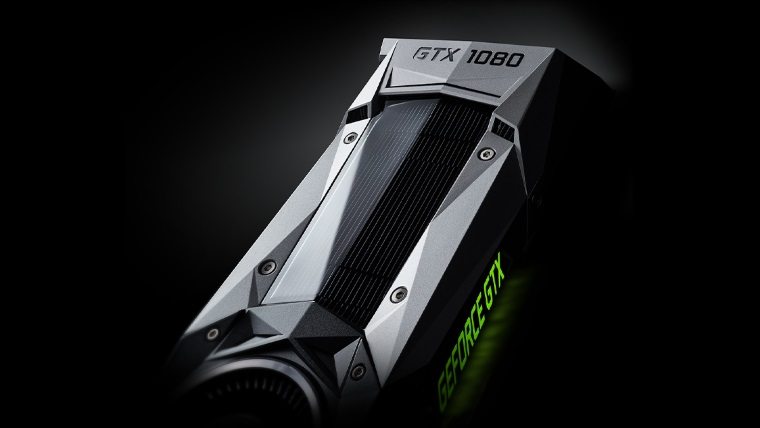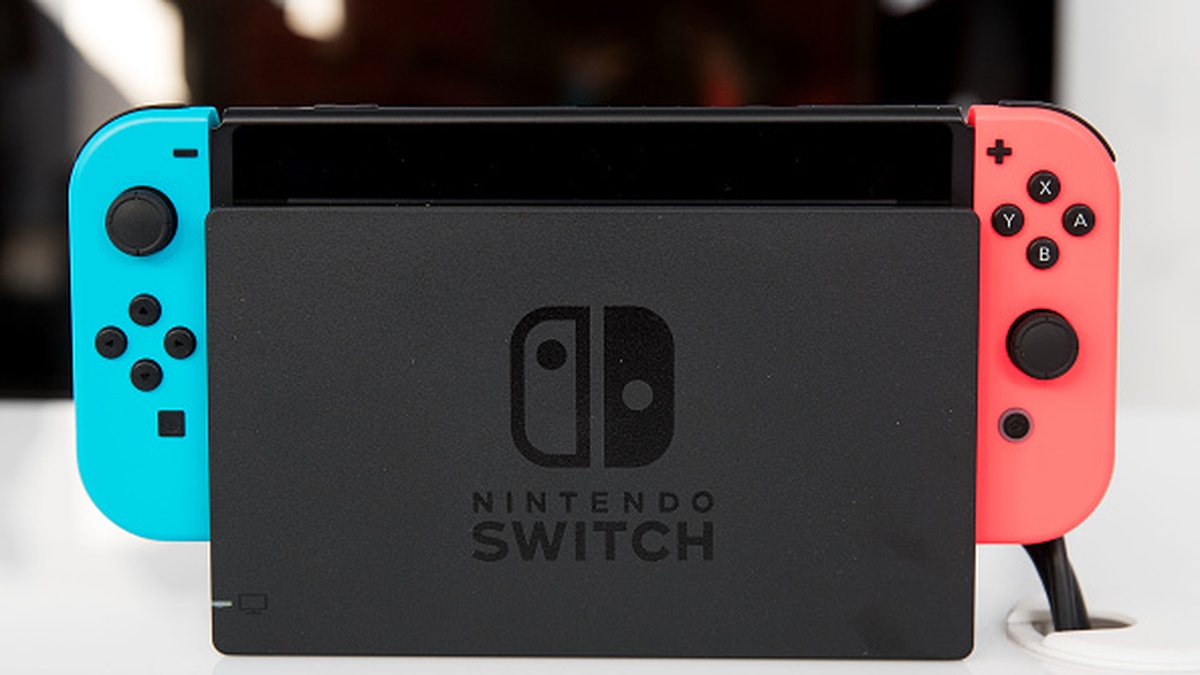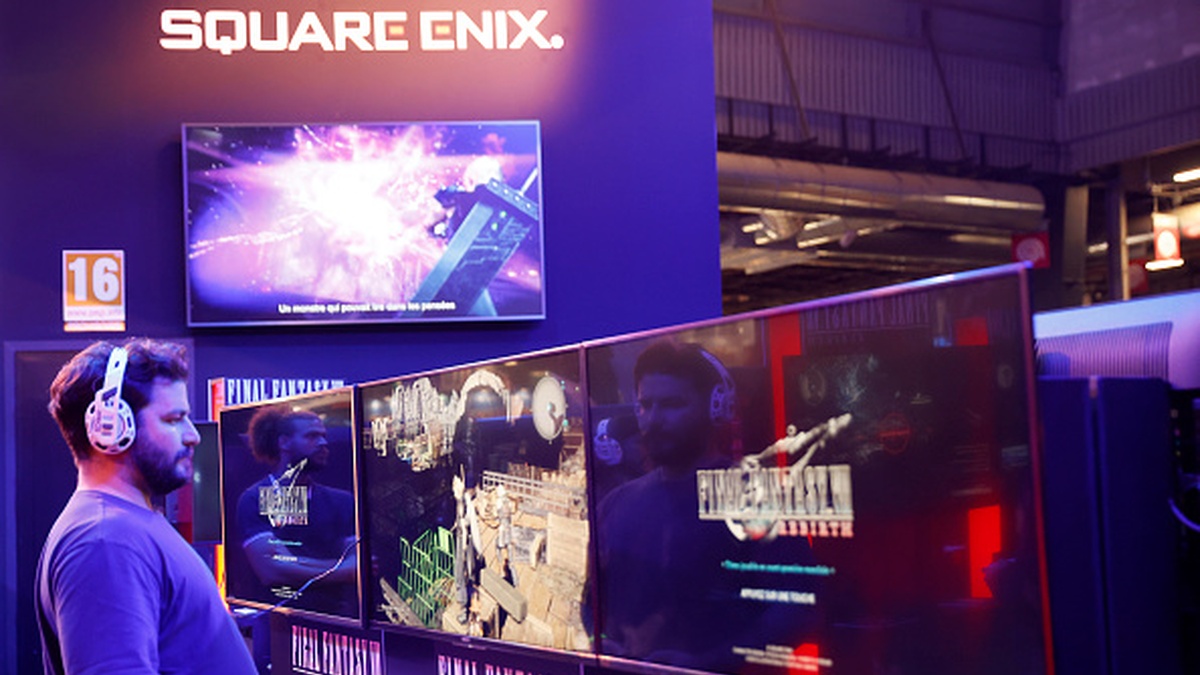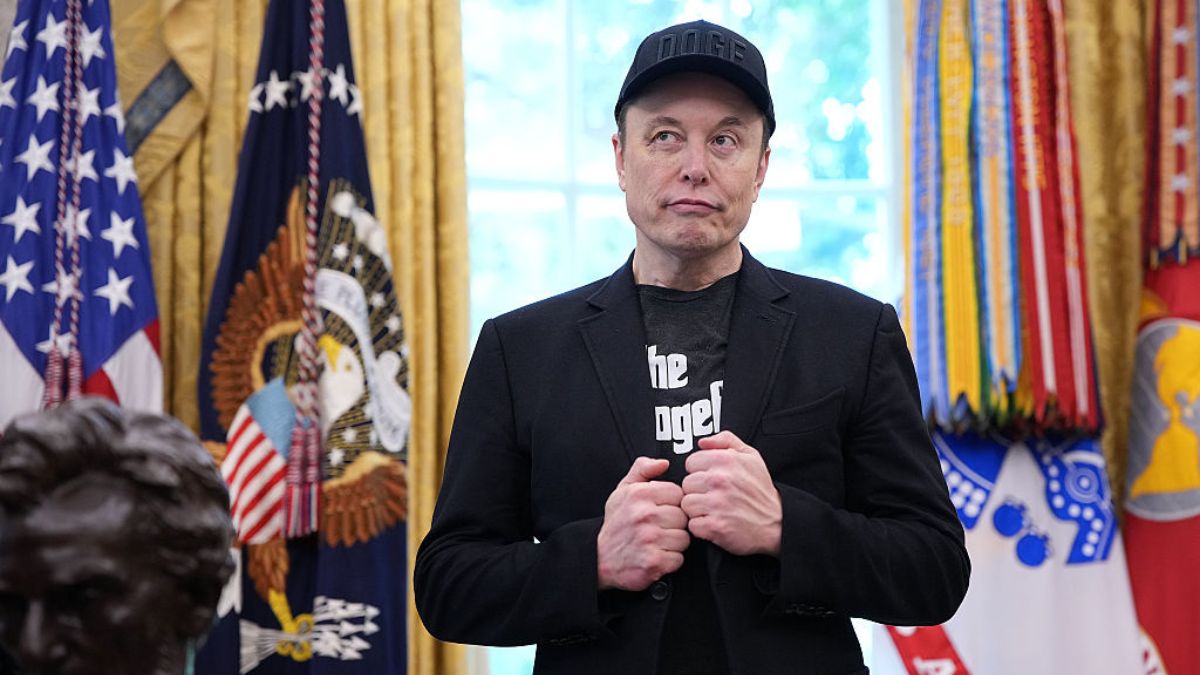NVIDIA is one of those booths that you always see on the expo hall floor at events like PAX and E3, but there isn’t a whole lot of buzz surrounding it. Sure, people are excited to check out the latest graphics cards, and the demos on display are usually upcoming or newly released titles, but there’s been little reason to line up for hours inside the NVIDIA booth. That is, until PAX West 2016, where the company has made a huge push for VR that is paying off big time.
Star Trek VR, which I’ll be giving my personal hands-on impressions of later (spoiler: it was awesome), was a big draw at the show. There was already a standalone Star Trek VR booth, but NVIDIA got to host their own demo, alongside their own game: VR Funhouse.
I actually tried the latter first. A free game that was already available on Steam, you’d think VR Funhouse wouldn’t be pulling in tons of PAX-goers. You;d be wrong. People were waiting well over an hour to try this thing out. As someone with a GTX 970 that sadly isn’t able to run the game, I was excited to check it out. Running on two NVIDIA GTX 1080’s, it was a graphical and physics tour de force.
Few VR games have looked this good and used physics in such a realistic and intricate manner. There was special attention paid to smaller details, such as the way objects fell apart when struck, or how liquids and other objects behaved when impacted in the air. If you have a GTX 10XX series card you owe it to yourself to download the game and give it a go, and if you don’t own one then it’s a good example of why those cards are so tough to find in stores.
Even outside of the NVIDIA booth it seemed like the company was intrinsically tied to VR and PC gaming in general. There were some AMD holdouts, and the AMD booth was also drawing a good amount of attention this year, but whenever I peaked at the graphics card in a PC demo case it was almost universally an NVIDIA GTX 1080.
VR gaming is here to stay. It might have some growing pains left to go through, and we still don’t know what level of commitment players are willing to make for the VR experience. With that said, there’s enough demand for VR content that it will continue to grow an revolutionize, eventually settling on all those things that are currently up in the air. NVIDIA seems to understand this and is making a big move into the VR space, while still retaining their PC gaming focus in other areas. It looks to be paying off so far, with the 1080 selling as fast as stores could stock it. PAX West 2016 has shown that the company has no plans in slowing down either, so the future is looking pretty interesting for both VR and NVIDIA.











Published: Sep 5, 2016 10:59 am